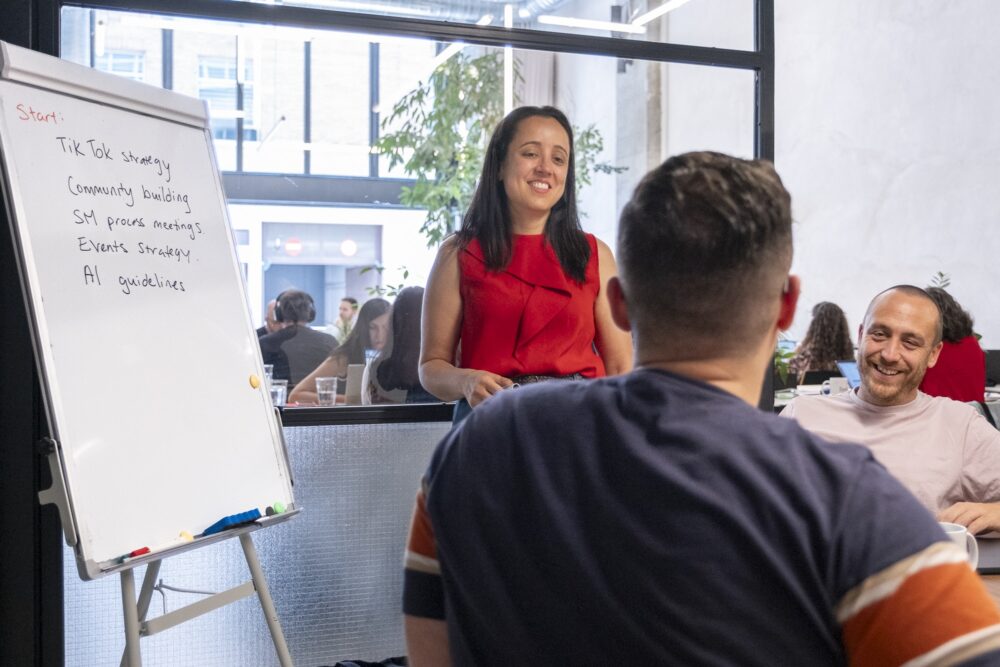For global advertisers, the right Meta Ads structure can be the difference between scalable success and wasted spend. With AI-driven optimization, automation and integration with Google Search, the platform offers huge potential—if it’s set up correctly.
Reaching over two billion people on Facebook alone, Meta Ads are one of the most powerful tools in a marketer’s arsenal. But with endless formats, updates and settings, keeping your account efficient while delivering ROI isn’t easy.
This guide breaks down the most effective Meta Ads campaign structures, so you can design campaigns that scale and perform across global markets.
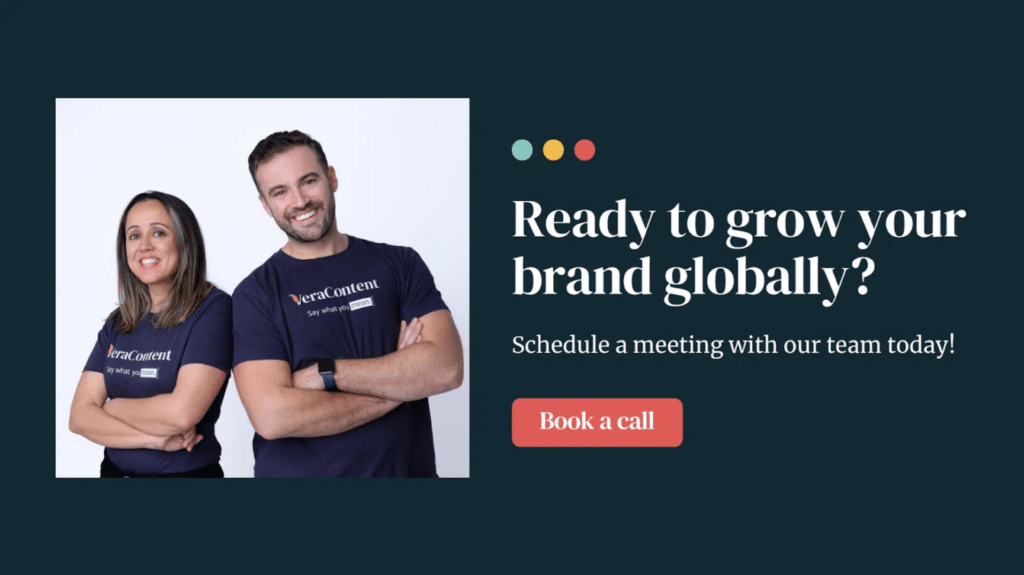
What is the ideal structure of a Meta Ad campaign?
At its best, a Meta Ads campaign is a scalable framework that balances control, automation and localization. For global advertisers, that means creating a structure that can grow efficiently across markets without losing strategic focus or budget control.
The ideal structure helps Meta’s algorithm learn faster while giving you flexibility to test audiences, creatives and budgets in different regions.
1. Campaign level: Define your global strategy
EvEvery strong campaign starts with a clear, measurable objective aligned with your global business goals. Avoid mixing funnel stages (awareness, consideration, conversion) in a single campaign as Meta’s algorithm can’t optimize effectively across them.
Ideal setup:
- One campaign per primary objective (sales, lead generation, brand awareness).
- Use Conversion or Sales objectives for performance-driven markets, and Engagement or Awareness for new or brand-building markets.
- Activate Campaign Budget Optimization (CBO) to let Meta automatically allocate spend to the best-performing ad sets across countries.
For global teams, the campaign level is where strategy scales: decide which markets share goals, which require separate campaigns, and how budget should flow between them.
2. Ad set level: build for audience clarity and testing
Here’s where targeting and budgeting adapt to local realities. Language, demographics, behavior and cost-per-click can vary dramatically across regions.
Ideal setup:
- 3–5 ad sets per campaign, each representing a key market or audience segment (eg, Spain lookalikes, France retargeting, LATAM interest-based).
- Keep overlap under 20% to prevent competition between similar audiences.
- Use Advantage+ placements unless you have data proving specific channel underperformance.
For awareness or global reach, keep budgets flexible with CBO. For local performance campaigns, use Ad Set Budget Optimization (ABO) to control investment per country.
3. Ad level: Localize creative at scale
This is where your message meets each audience and where localization drives performance.
Ideal setup:
- 3–5 ads per ad set, each testing one variable (headline, image, CTA or language).
- Use Dynamic Creative when managing multiple languages or markets to let Meta test variations automatically.
- Always adapt copy and visuals to local context. A CTA that converts in France (“Demandez votre devis”) might not resonate in Mexico (“Cotiza ahora”).
- Refresh creatives every 3–4 weeks to prevent fatigue, especially in high-frequency markets.
Not sure how to set up your Instagram accounts for multiple markets in the first place? Here’s our take on global vs local Instagram pages:
What challenges do global advertisers face when structuring Meta Ad campaigns?
While it may seem straightforward, global advertisers must overcome a unique set of challenges when configuring Meta Ad account structures.
Localization
The first of these is adapting to diverse cultural preferences and markets. It influences everything from language and messaging to the targeting criteria you use to find your audience.
“One of the biggest challenges is understanding the local audience you’re trying to reach and their nuances. Each culture is different, and that includes buying habits and mindsets.”
–Paula Uccelli, Project Manager and Social Media Team Lead at VeraContent
Localizing ads to the specific needs and quirks of buyers in different regions is vital if you want to achieve global success. Otherwise, you might wind up with campaigns that fail to engage potential customers, don’t hit the right tone or, at worst, erode brand reputation and lead to lost business opportunities.
See also: Localization strategy: Your guide to engaging a global audience
Fragmentation
Besides the need to connect with diverse audiences, global advertisers should also be prepared to address the challenges that arise when allocating limited marketing budgets across regions. For example, investing in multiple campaigns in different markets can shrink the data pool, which affects how well Meta’s algorithm optimizes ad performance.
Additionally, smaller, fragmented campaigns might be more costly. That’s because struggles with ad delivery and optimization lead to higher CPMs.
Local regulations
As any international professional knows, working across borders means dealing with varying laws and regulations. For example, in the US, the Federal Trade Commission (FTC) requires content creators to disclose ads, influencing how advertisers package branded content.
However, the EU prioritizes ensuring high privacy and data protection standards through laws such as the GDPR. Its implications have been enormous, and advertisers must adjust how they target Meta users and collect, use and store user data.
Performance tracking
More than understanding diverse audiences and regulatory environments, accurate measurement and tracking data are critical for assessing ROI.
To get the full picture, you want to collect data points across different regions, languages and sources. However, ad fraud and invalid traffic (IVT), such as bot activity, can compromise data-driven decision-making at the global level.
Best practices for structuring international Meta Ads accounts

But knowing what to expect is half the battle. Understanding the best practice strategies that top marketers use will help you create more effective and memorable ad campaigns.
Not sure where to start? Here are some proven tips and tricks, shaped by years of building effective, high-impact Facebook and Instagram ads across regions, and expert insights from our global team:
Streamline your Meta ad account structure
According to Meta, simplified ad account structures led to 41% more conversions. But what does this look like in practice?
- Create separate campaigns for each country or market. Remember, ad costs vary significantly by region, and splitting campaigns will make localization and budget control easier.
- Consolidate campaigns with the same objective into a single campaign with multiple ad sets, rather than splitting them unnecessarily.
- Avoid over-segmenting your audience. Broader targeting works better. Trust Meta’s algorithm to do the optimization for you.
- Combine lookalike audiences into one ad set to reduce duplication while using ad spend more efficiently.
Beyond higher conversion rates, these strategies cut Cost Per Acquisition (CPA), reduce manual effort and improve ad performance overall.
Localize better through regular testing
Once you simplify targeting, creative assets become the real performance drivers. This is where A/B testing shines, helping you compare different versions of an ad to figure out what works best in each market.
Think of it this way: a fitness app might find that in the US, an ad featuring a motivational headline like “Transform your day in 20 minutes” paired with a lifestyle image of people training outdoors performs far better than a generic product shot. Meanwhile, in Germany, the same app could discover that a data-driven approach, like “Track your progress scientifically,” combined with a clean product demo, delivers higher engagement.
The key to making smart localization decisions is understanding your audience in each market and how they behave. Then, tailor your content to your learnings.
So, how can A/B testing help you gather the insights you need to make those choices?
- Tweak one variable at a time—the language, creative asset, CTA or audience settings—for clear results.
- Run each test long enough—for at least two weeks—to collect reliable data.
- Double down on what resonates locally and drop what doesn’t.
Over time, you’ll make incremental improvements that compound to major gains.
See also: 12 multilingual social media tips that really work
Optimize budget allocation
How you allocate spending can make or break ad performance. However, the truth is that costs vary widely.
“Some markets are much more expensive than others. So, a one-size-fits-all approach rarely works. The key is to understand the costs for each market and distribute your budget accordingly.”
– Paula Uccelli, Project Manager and Social Media Team Lead at VeraContent
Over the years of working with multiple projects across markets, we’ve developed a refined, actionable budget allocation framework that you can adopt for your next global campaign:
| Segment | Allocation | Objective | Notes |
| Proven markets | 60–70% | Fuel growth where ROI is proven. | These are your “cash cows.” |
| New / emerging markets | 20–25% | Test and learn. | Be cautious here, as ad costs may surprise you. |
| Experimental/ creative campaigns | 50–10% | Explore new ideas, angles or formats. | Lower stakes, higher potential for learning. |
Meanwhile, you can restructure your budget to optimize ad delivery in several ways:
- Use Campaign Budget Optimization (CBO) for global brand awareness campaigns, where you want Meta’s algorithm to push spend to the best-performing ad sets automatically.
- Use Ad Set Budget Optimization (ABO) for local conversions, where you need tighter control over spend at the market level.
Finally, always run three to five ads per ad set and hold off on making any conclusions until you reach at least 2,000 impressions. This gives you enough variety to spot patterns without diluting your data.
The bottom line? Be strategic, not uniform. Anchor spend in your best performing markets, but leave room for testing and let the data guide you.
Before revamping your Meta ads campaign structure, download our free guide to optimizing your management strategy for multilingual social media accounts:
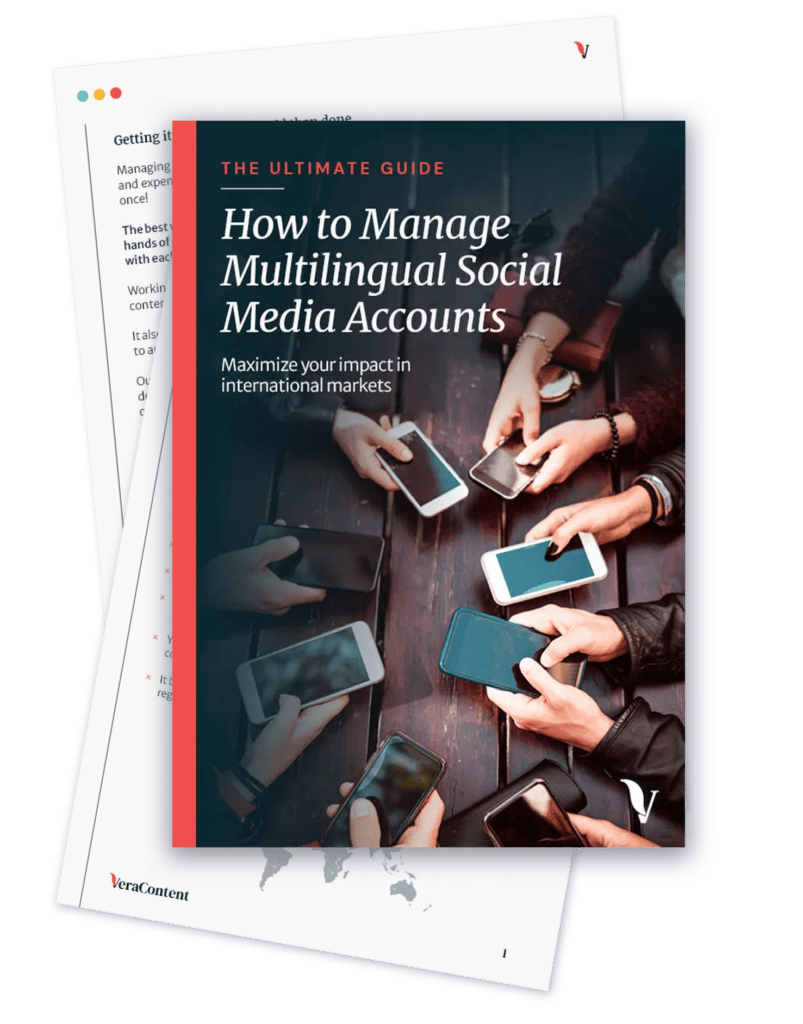
Success story: VeraContent partners with Ria Money Transfer to reach migrants in four languages
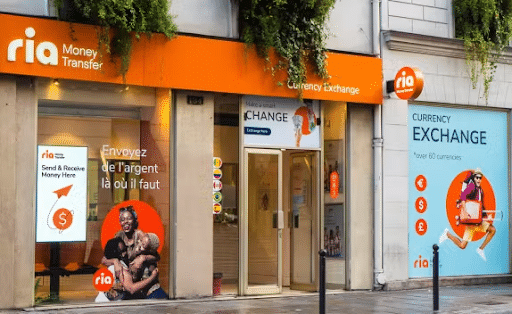
The real question is, do these tips work? For the international remittance service, Ria Money Transfer, the answer was a resounding yes.
At VeraContent, we know how to bring all these strategies together to create campaigns with global reach and local appeal. That’s what Ria needed: an evocative, down-to-earth campaign that spoke to the unique pain points of migrant communities adjusting to life in a new country.
“Creating general global campaigns can work up to a certain point. But to get better results, you need to understand your audience in detail.”
–Paula Uccelli, Project Manager and Social Media Team Lead at VeraContent
As a global social media agency, experience taught us that the answer lies in creating impactful, engaging messages in the target audience’s own language.
The result? A cohesive Facebook post series delivered across four main Facebook pages in the four languages Ria’s audience primarily speaks: English, French, Spanish and Portuguese.
We saw immediate results. The posts gained a total reach of 9,614,303 and 61,420 total impressions. We also noted tons of comments on the posts, more info requests and, overall, greater brand awareness. Local community managers sustained engagement, writing targeted responses that generated excellent reviews and converted more leads.
Read the full client story of how VeraContent helps Ria meet their customers’ unique needs through content that resonates in four different languages.
General tips for building effective Meta Ad campaigns
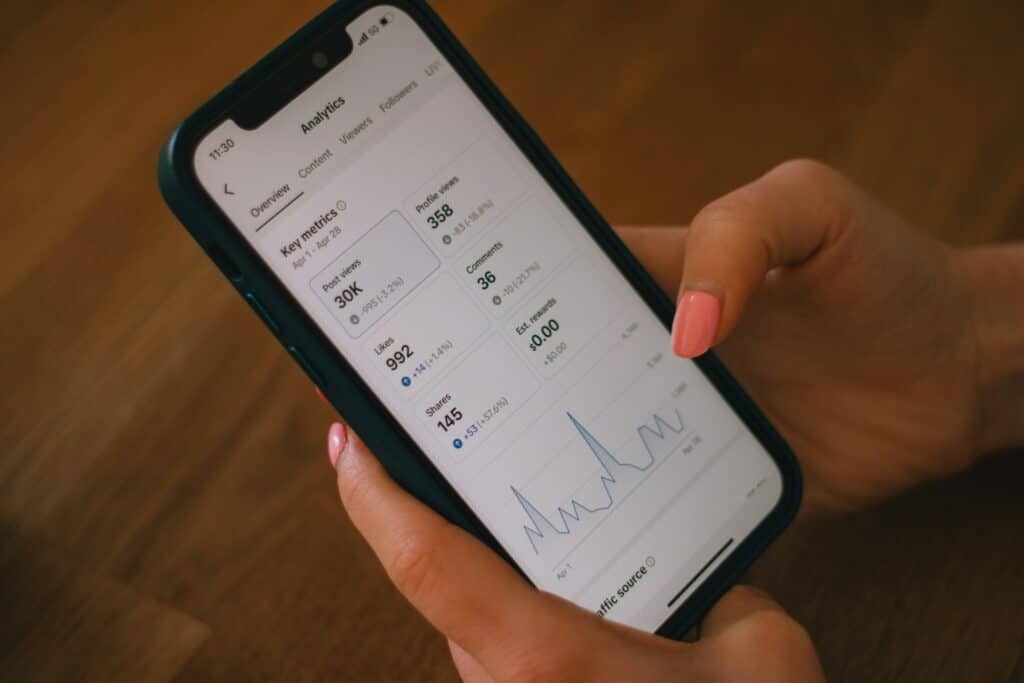
Even experienced advertisers benefit from revisiting the fundamentals of campaign design. If you’re building or scaling new markets, keep these core recommendations in mind:
Choose the right ad format
- Image ads: Clean and quick for awareness.
- Carousel ads: Showcase multiple products or messages.
- Video ads: Drive engagement and storytelling.
- Collection ads: Seamless shopping experience without leaving the platform.
Refine audience and personalization
Meta’s tools, like the Meta Pixel and Advantage+ placements, enable precise targeting and data-driven optimization. Use them to refine audiences, increase engagement and identify high-performing segments.
Balance automation with manual control
Meta’s machine learning systems are powerful, but strategic input on objectives, creative and localization still drives success.
Take your brand global, one click at a time

Creating winning ads on Facebook and Instagram doesn’t have to be challenging. All you need to do is set up optimal Meta ads campaign structures from the start. They’ll help you reach more new customers and reap the benefits of personalization and automation. And when you’re advertising on a global scale, this approach means nailing down the basics:
- Know your audience: Get local insights from each audience you’re trying to reach.
- Tailor your content: Adapt the language, visuals and tone of voice.
- Create value: The value a customer receives can vary from market to market, so highlight the most relevant benefits your project offers to each audience.
The best results come from working with local experts who understand each market’s unique needs and cultural preferences. With VeraContent, you can take the guesswork out of targeting, personalization and localization, and start creating ad campaigns that resonate.
Ready to elevate your global strategy? Get in touch with our team and find out how we can help.

